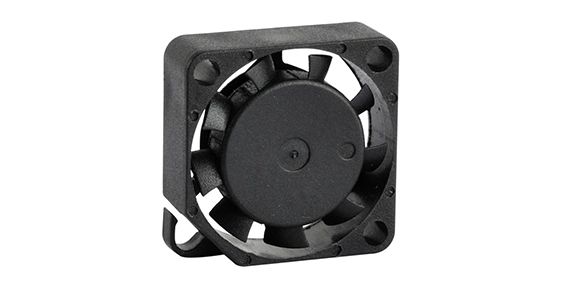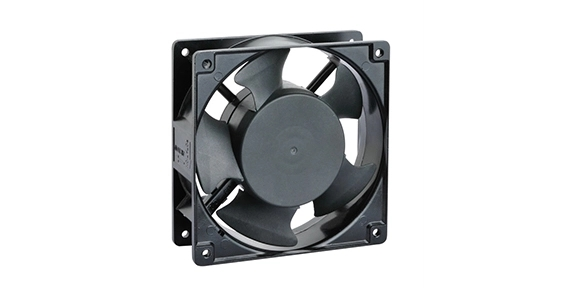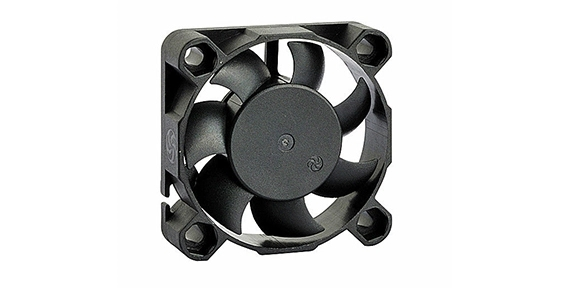DC axial fans are commonly used in various industries and applications such as electronics cooling, ventilation, and air conditioning. These fans are driven by DC power supply, and the performance of the fan is directly affected by the voltage supplied to it. Voltage variations can have a significant impact on the operation and efficiency of the DC axial fan, resulting in changes in fan speed, airflow, and overall performance. In this article, we will explore the impact of voltage variations on DC axial fan performance and discuss ways to optimize voltage management for maximum efficiency.
Voltage and Fan Speed: Direct Correlation in the DC Axial Fan
The speed of a DC axial fan is directly proportional to the voltage supplied to it. As the voltage increases, the fan speed also increases, resulting in higher airflow and better cooling performance. Conversely, a decrease in voltage will lead to a decrease in fan speed and airflow. This direct correlation between voltage and fan speed is an essential factor to consider when designing and operating a DC axial fan system. The fan speed can be adjusted by controlling the voltage supplied to the fan, allowing for precise control over cooling requirements in different applications.

Voltage Surge Effects: Protecting the DC Axial Fan from Overvoltages
Voltage surges or spikes can occur due to various factors such as lightning strikes, power supply fluctuations, or switching transients. These voltage surges can have detrimental effects on the DC axial fan, causing damage to the fan motor, bearings, and electronics. To protect the fan from overvoltages, surge protection devices such as voltage regulators or surge protectors can be installed in the system. These devices limit the voltage supplied to the fan, preventing any potential damage due to voltage spikes. It is crucial to implement proper surge protection measures to ensure the longevity and reliability of the DC axial fan.
Optimal Voltage Management: Maximizing DC Axial Fan Efficiency
To achieve maximum efficiency and performance from the axial cooling fan, optimal voltage management is essential. The fan should operate within its rated voltage range, typically specified by the manufacturer. Running the fan at voltages above or below the rated range can result in reduced efficiency and increased power consumption. It is recommended to use a voltage regulator or power supply with voltage adjustment capabilities to ensure the fan operates within the desired voltage range. This allows for precise control over fan speed and airflow while maintaining optimal energy efficiency.
Proper airflow management is also crucial for maximizing DC axial fan efficiency. The fan should be properly sized and positioned to ensure adequate airflow and cooling. By optimizing the airflow path and minimizing obstructions, the fan can operate at lower speeds while providing sufficient cooling. This not only reduces noise levels but also prolongs the lifespan of the fan.
In conclusion, voltage variations have a significant impact on the performance and efficiency of DC axial fans. The speed of the fan is directly correlated with the voltage supplied to it, and voltage surges can cause damage to the fan if left unprotected. By implementing proper voltage management and surge protection measures, the performance and longevity of DC axial fans can be optimized. Additionally, proper airflow management and fan positioning play a crucial role in maximizing fan efficiency. By considering these factors, industries can ensure their DC axial fans operate at peak performance, resulting in improved cooling and ventilation in various applications.


 EN
EN 
 +
+
 +
+
 +
+



